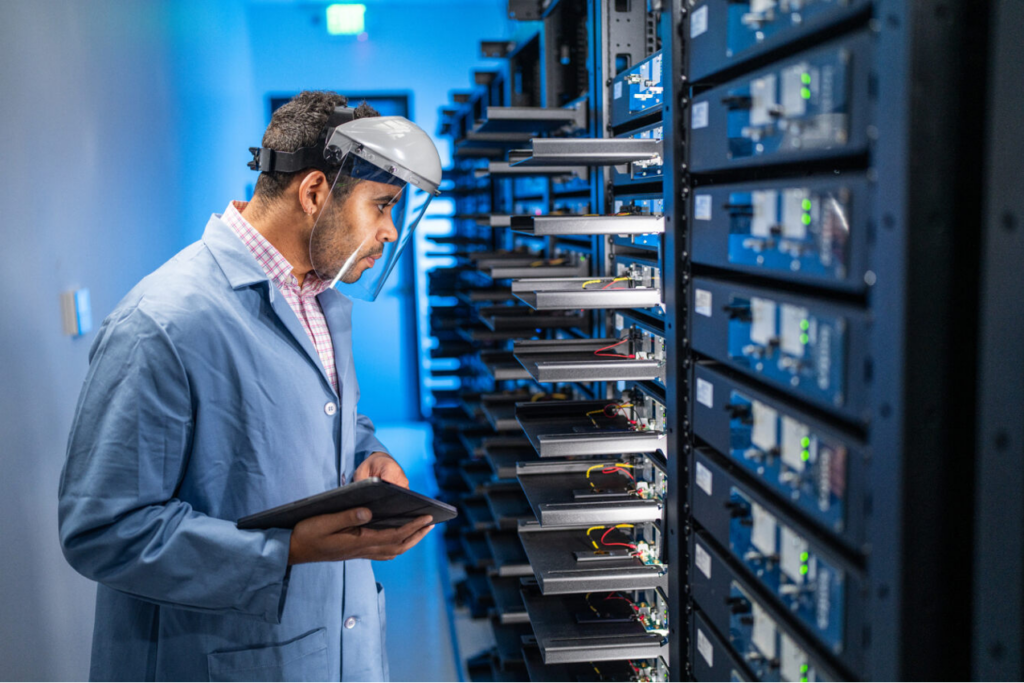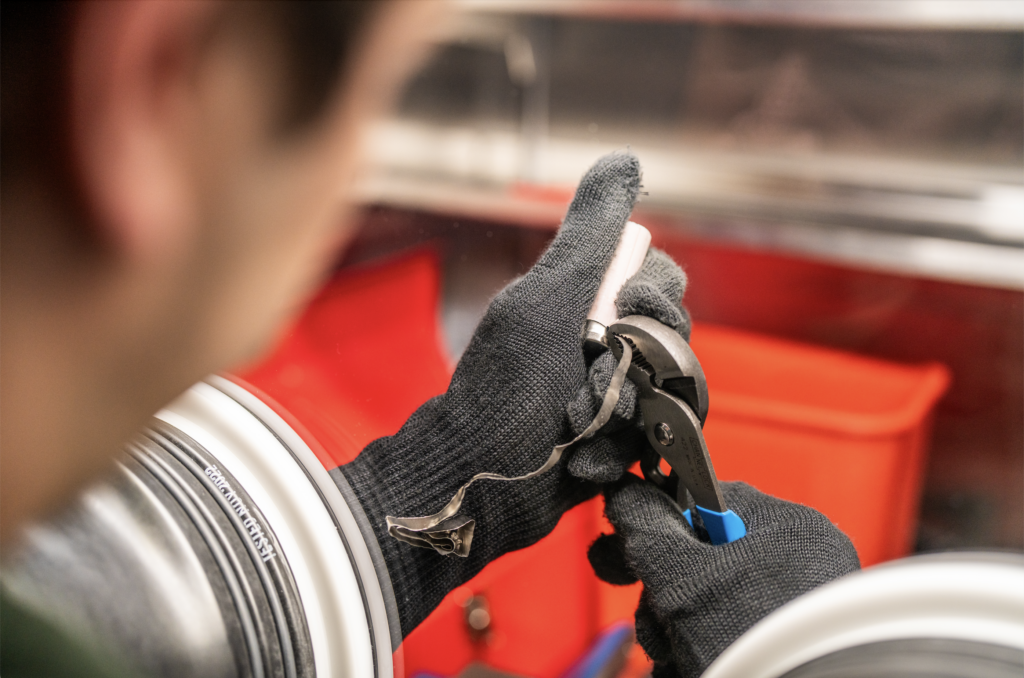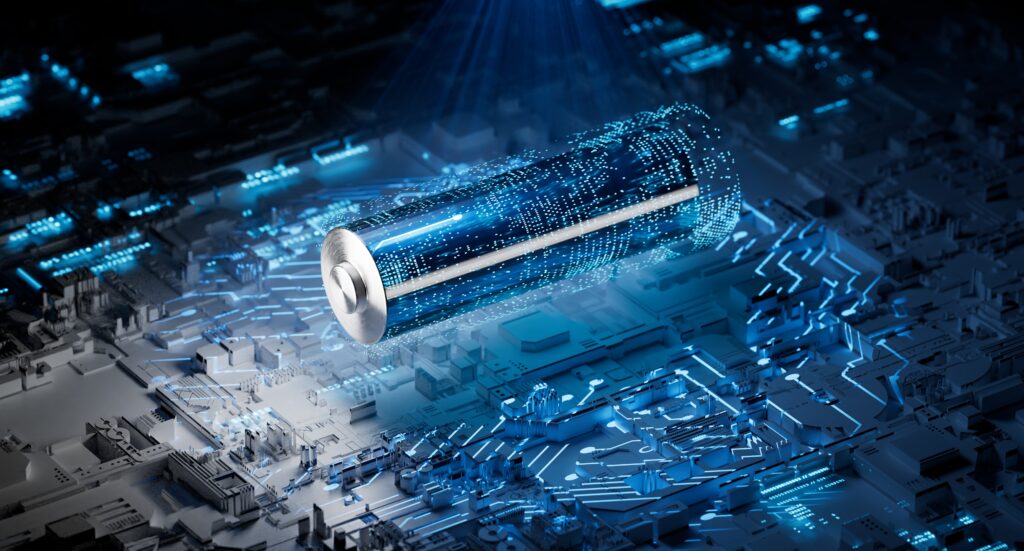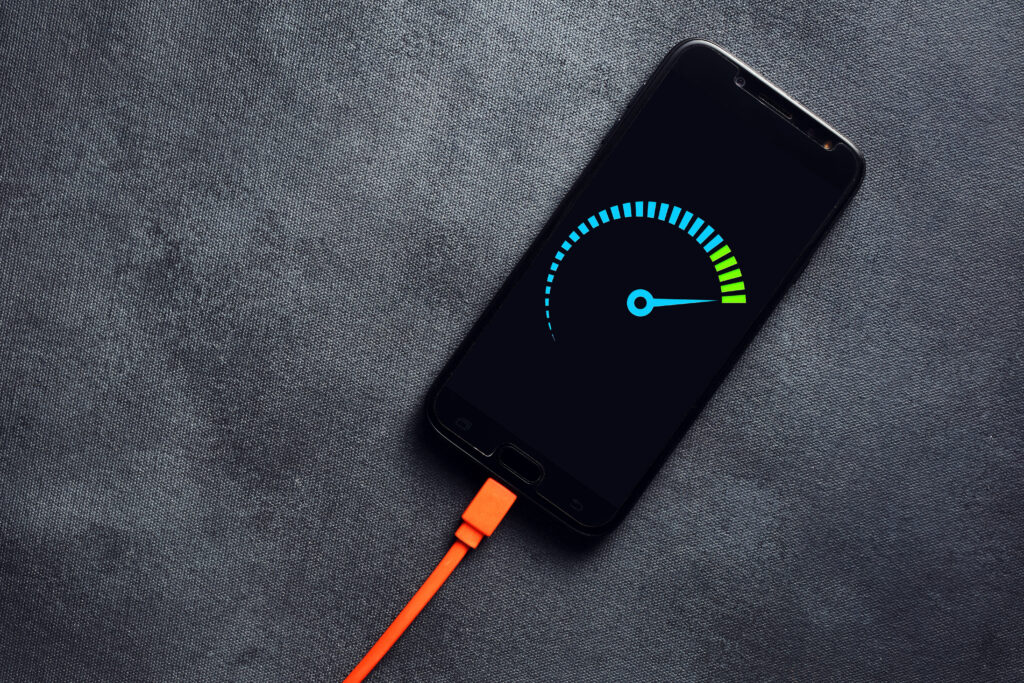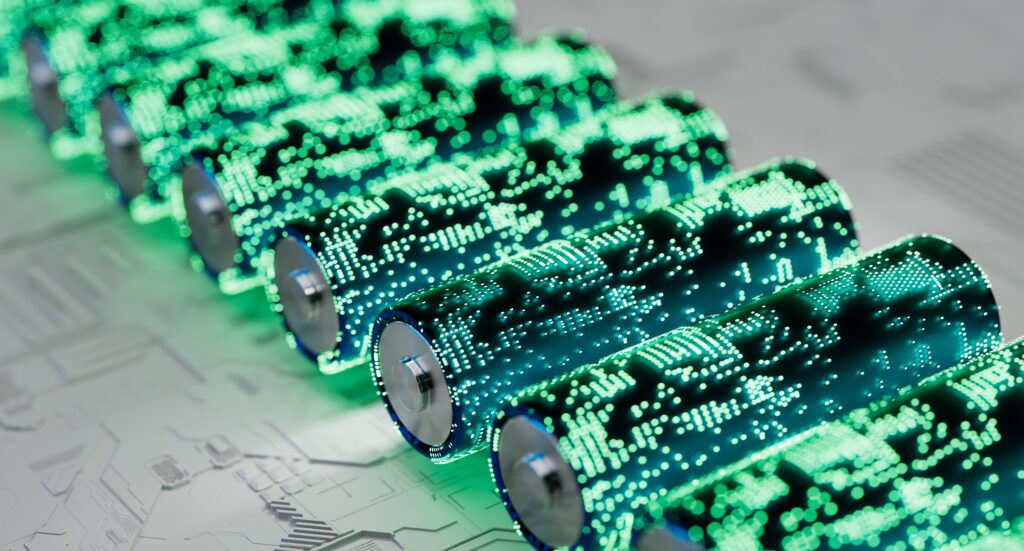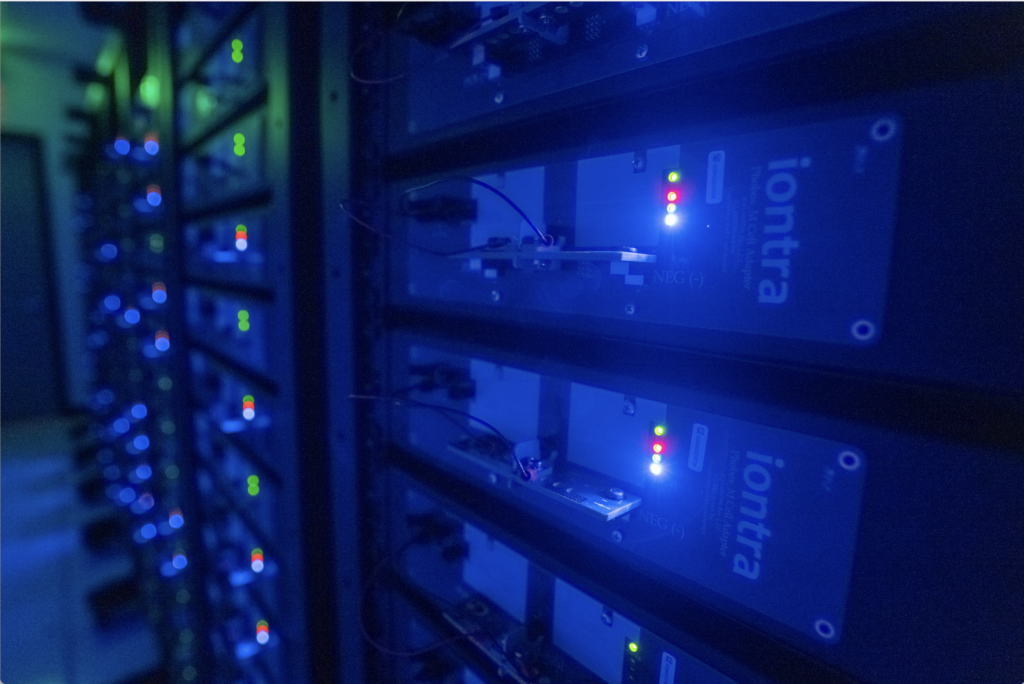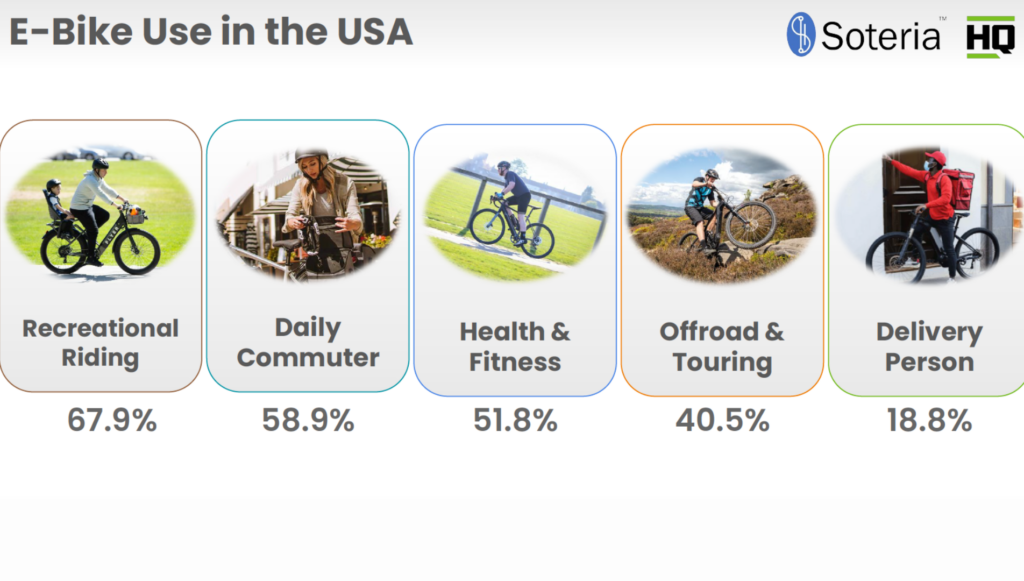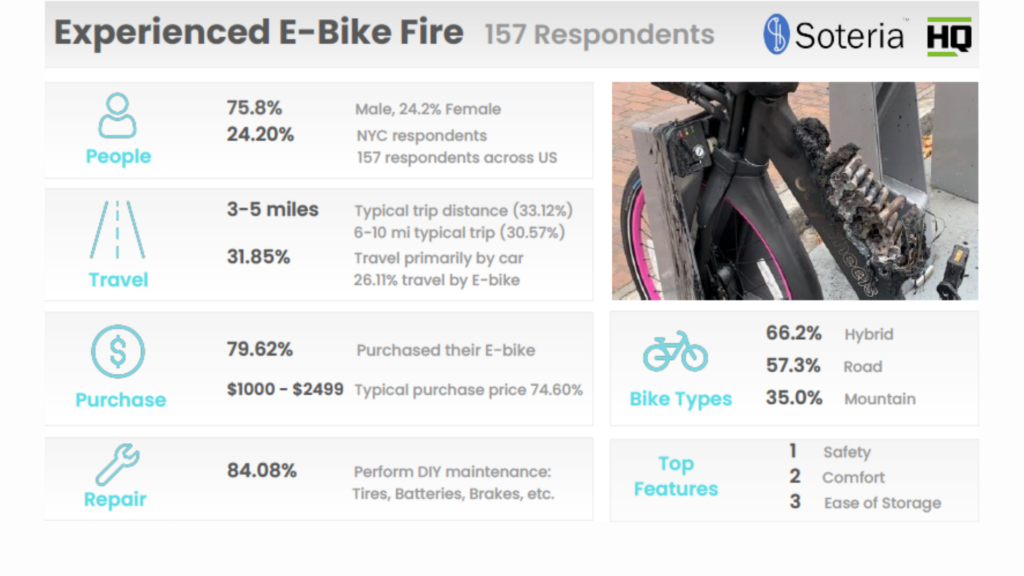The State of Charging: Power Tools
Thought Leadership
The Future of Power Tool Battery Charging: Faster, Smarter, and Safer
Cordless power tools have become essential for modern construction, repair, and DIY projects — and at the heart of their performance lies the battery. How long a tool runs, how fast it charges, and how reliably it performs all come down to advances in power tool battery charging.
As OEMs push to enable performance-enhancing solutions, batteries are becoming a critical focus. In this first edition of our State of Charging series, we’ll explore the leading power tool battery technologies, the OEMs driving innovation, and how Iontra’s charging technology is setting a new benchmark for battery performance.
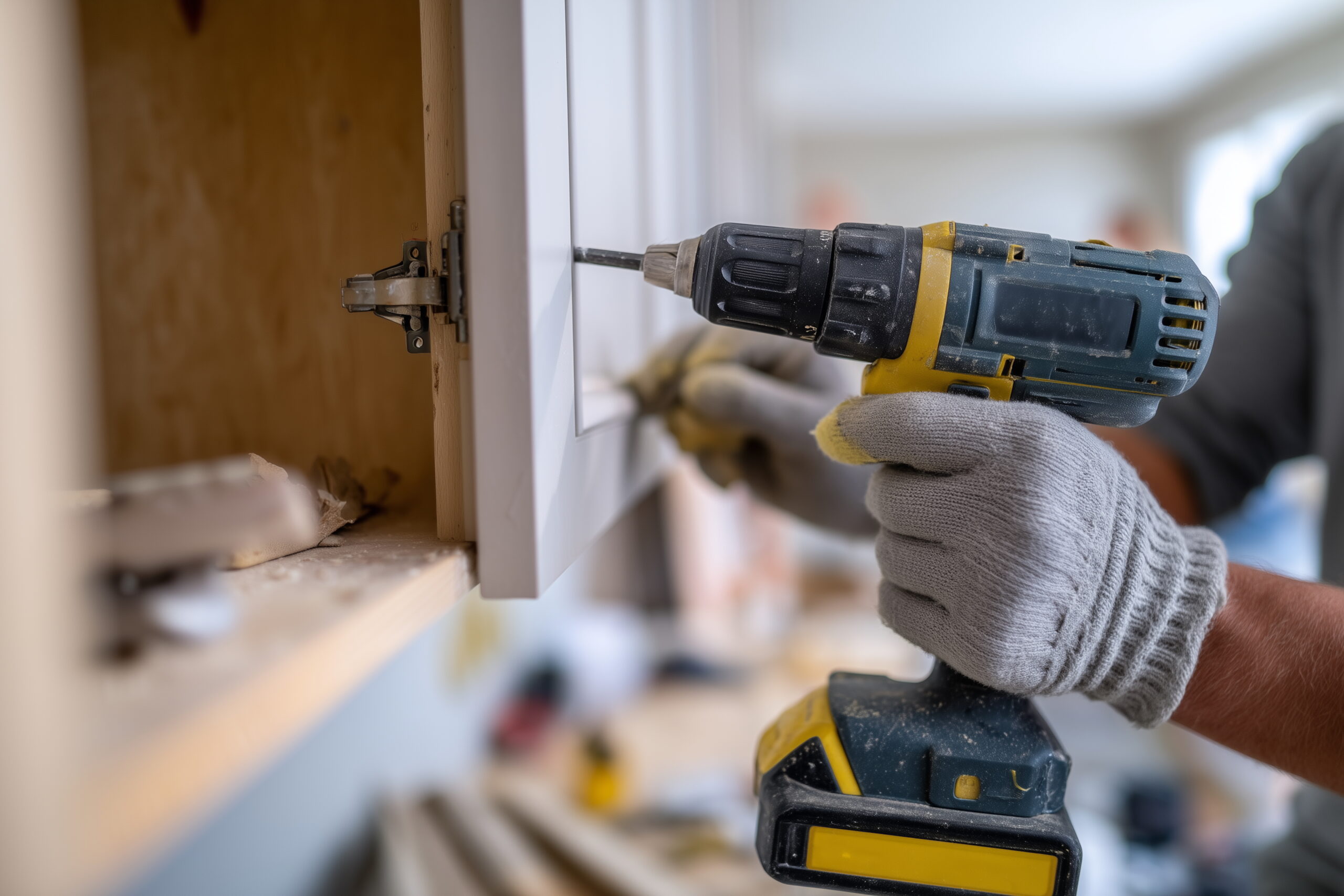
Introduction to Power Tool Batteries
The vast majority of power tool battery packs rely on lithium-ion (Li-ion) chemistry—specifically cylindrical cell formats such as 18650 and 21700—which offer an optimal compromise between energy density, thermal stability, and discharge capability.
Among the most widely deployed cells are:
- Panasonic NCR18650B: This 3.6V nominal cell provides a 3400mAh capacity with an energy density nearing 250 Wh/kg. It is designed for moderate discharge applications and is frequently used in consumer-grade tools where runtime is prioritized over instantaneous power.
- Samsung INR18650-35E: With a nominal capacity of 3500mAh and robust cycle stability, this NCA (nickel cobalt aluminum) cell exhibits both high energy density (~260 Wh/kg) and consistent discharge behavior. Its internal impedance and thermal characteristics make it suitable for mid-tier professional tools.
- LG INR18650-MJ1: A chemically similar counterpart to the Samsung cell, the MJ1 offers high capacity with excellent voltage stability under load. It has been selected for applications requiring both runtime and endurance under variable current demands.
- Samsung INR21700 – 50E: The 21700 format represents a shift toward higher capacity cells with superior thermal management. The 50E cell offers 5000mAh at 3.6V nominal with a density similar to 18650 cells, delivering improved current handling capabilities due to its increased surface area and electrode design.
Despite advances in chemistry and construction of batteries over the last decade, Li-ion cells are still subject to degradation and safety risks during charging via solid electrolyte interphase (SEI) growth, lithium plating, dendrite formation and thermal stress. Under standard conditions, cycle life ranges between 300 to 800 full depth-of-discharge (DoD) cycles; however, aggressive charge/discharge profiles and environmental extremes can significantly reduce this operational lifespan.
Introduction to Power Tool Battery Packs
While individual cells provide the foundation, the performance of a power tool battery pack depends heavily on how those cells are integrated. Packs include not just series/parallel arrangements of cells, but also a Battery Management System (BMS), thermal monitoring, and housing design. A high-performing pack balances safety, reliability, and fast charging capability while minimizing weight and size — a critical factor for tools used all day in the field.
Top-performing packs often feature advanced BMS hardware and firmware to prevent overcharging, overheating, and excessive current draw. Some OEMs are experimenting with pack-level innovations such as smart chips for real-time performance tracking, wireless diagnostic feedback, and enhanced thermal interfaces that allow higher sustained charging currents. These advances make the difference between a tool that keeps up with demanding work and one that leaves users waiting by the charger.
How Power Tool Battery Packs Are Charged
Charging lithium-ion batteries safely and still extracting maximum performance requires a precision process requiring exact regulation of voltage, current, and thermal boundaries.
The most common charge control methods today include:
- Constant Current/Constant Voltage (CC/CV): A standard method that starts with a high current until the battery reaches a specific voltage, then switches to a constant voltage while gradually reducing current.
- Pulse Charging: Delivers charging current in bursts to reduce battery heat and extend life.
- Smart Charging Systems: These use embedded microcontrollers and software algorithms to dynamically adjust charge parameters based on the battery’s condition.
While AC charging remains the standard, recent advancements in DC fast-charging infrastructure—particularly in electric vehicles—are beginning to influence high-performance power tool designs. These systems provide direct DC input at higher currents, enabling higher charge rates and lower conversion losses.
However, as charge rates increase, so does the risk of lithium plating—an issue that not only accelerates degradation, but also increases safety risks. Hence, innovations in charge control—like those pioneered by Iontra—are essential to scaling performance without sacrificing longevity or safety.
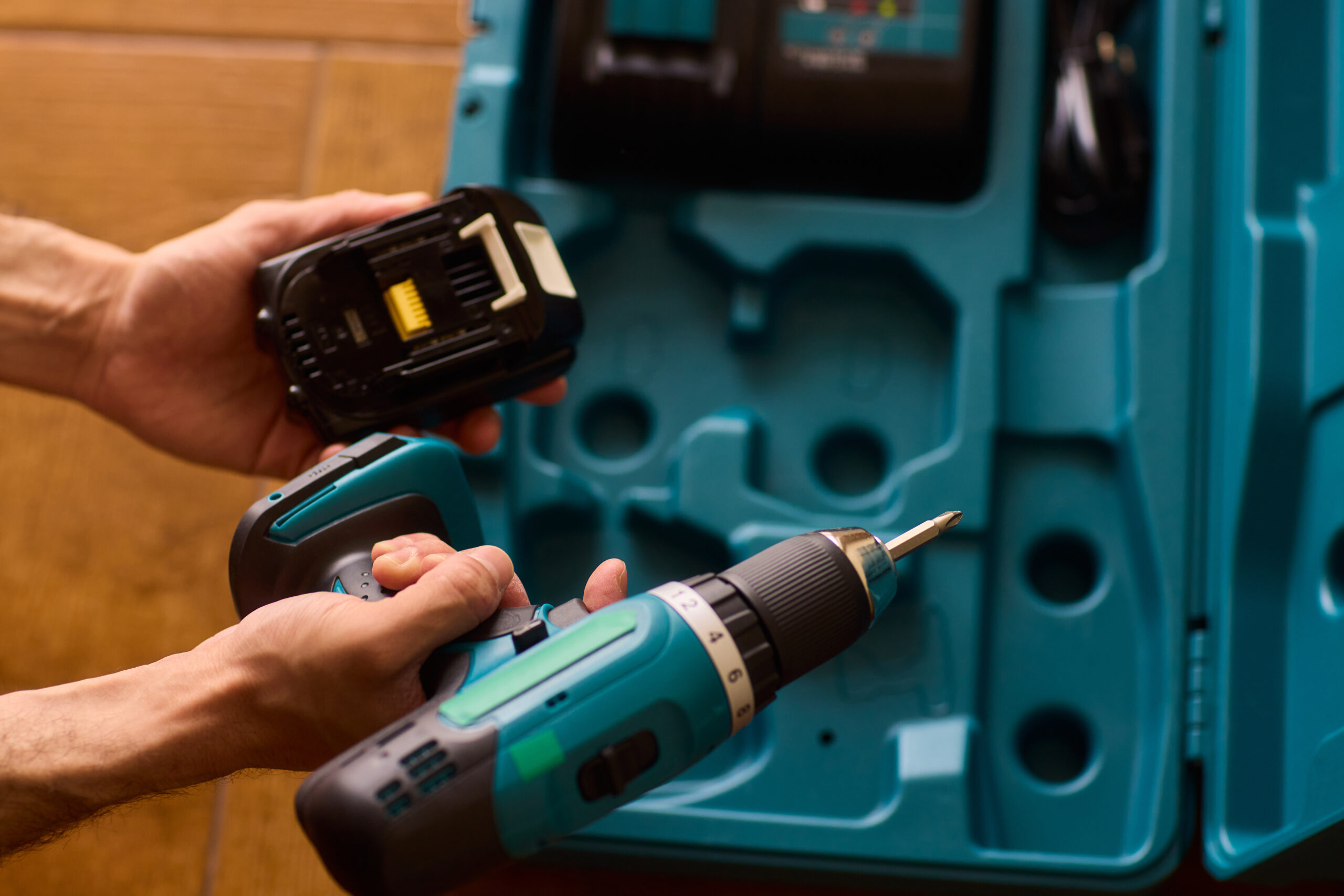
Power Tool Manufacturers: Who’s Leading the Charge?
Several OEMs are pushing the envelope in cordless power tool innovation, focusing on both battery pack design and charging ecosystem enhancements. Examples include:
Milwaukee Tool
Known for its M18™ REDLITHIUM™ battery packs, Milwaukee offers some of the fastest charging power tool batteries on the market. Their Rapid Charger and Super Charger significantly reduce downtime by fully charging packs in as little as under an hour.
DeWalt
DeWalt’s FLEXVOLT® system is a hybrid that automatically changes voltage depending on the tool, offering enhanced flexibility and runtime. Their latest high-output battery releases deliver extended performance for demanding applications.
Makita
Makita’s LXT® lithium-ion batteries are engineered for high efficiency and durability. The brand also offers dual-port rapid chargers, enabling users to charge two batteries at once — a huge time saver on the job site.
Despite these advancements, most manufacturers offer warranties limited to 2–3 years, and typically do not guarantee retained capacity or performance metrics under high-cycle workloads. This can create an uneven consumer experience at best, and reveals a fundamental gap between technological capability and life time performance reliability—precisely the space Iontra technology can uniquely address.
What’s Next for Power Tool Performance?
As job site demands grow, and consumer performance expectations rise, OEMs are under pressure to push power tool battery performance further. Each manufacturer is searching for the balance between delivering advanced and reliable performance, without requiring an excessive price increase to the end-user.
Emerging trends include hybrid battery chemistries that blend the high-energy attributes of NMC with the safety and thermal stability of LFP, as well as pack-level cooling solutions that enable higher charging currents.
On the charging front, companies are testing advanced fast charging battery protocols, aiming for 15–20 minute full charges without compromising cycle life. Software-driven charging strategies, predictive thermal management, and AI-based BMS controls are also being explored to minimize downtime and extend operational efficiency.
For end-users, this innovation is all about solving real pain points: faster charging, consistent runtime in harsh conditions, and lifetime value. The next generation of power tool battery charging will be defined not just by faster speeds, but by smarter, safer, and more sustainable approaches.
How Iontra is Redefining Power Tool Battery Charging
At Iontra, we’re driving innovation for power tool batteries with its breakthrough charge control technology. Rather than tackling the performance challenge from the battery and product design standpoint, we maximize the performance of existing battery systems through intelligent charging. This allows us to offer a low-cost, high-impact, fast time to market solution for power tool manufacturers.
Our technology can improve cell charge speed by up to 2X without compromising battery health. Less downtime = more productivity for both the at-home DIYer and the professional tradesperson. We can also provide fast charging down to -20°C, an ideal solution for outdoor workers or anyone in colder climates.
Unlike traditional charge methods that degrade battery capacity and damage batteries over time, Iontra minimizes damage during charging by preventing lithium plating, SEI growth and dendrite formation. This not only extends battery cycle life, but also preserves more usable capacity over the battery’s lifespan. This also enables our customers to reduce warranty and recycling costs as well as accelerates their sustainability goal timelines.
By optimizing the charging process and minimizing damage during charging, Iontra reduces overheating and stress on the battery, resulting in a safer charge with fewer risks of failure. This is especially critical as tools become more powerful and are used in more demanding environments.
With over 11 million hours of in-house battery testing and validation from organizations like NREL, Novonix, and the University of Michigan, Iontra has proven its reliability across dozens of battery chemistries and use cases.
Case Study : EVE 25P
Utilizing the Iontra technology, a charge time reduction of greater than 30% was achieved compared to the spec sheet rapid charge with partial charge gains of ~50% reduction to 50% SOC. When compared to a 30–minute charge time CCCV control, Iontra was able to increase the cycle life to 70% state of health capacity by 1.5x to 2x. The lower voltage rise and DCIR values further emphasize the improved health of the cells at 500 cycles with Iontra charging.

Conclusion
As power tool OEMs continue to push the envelope in speed and performance, the real game-changer lies in how those batteries are charged. Iontra’s charge control technology represents a significant leap forward — increasing speed, improving safety, enabling cold-weather operation, and reducing cost without requiring fundamental changes to battery and product design. For power tool users and OEMs alike, that’s a future worth charging toward.



